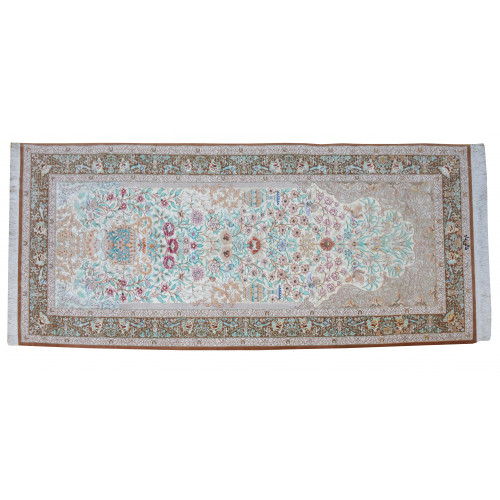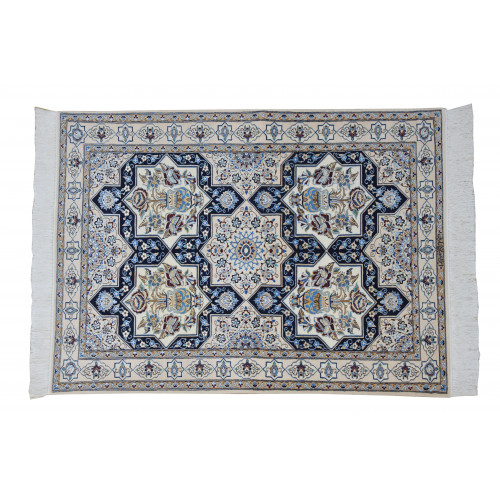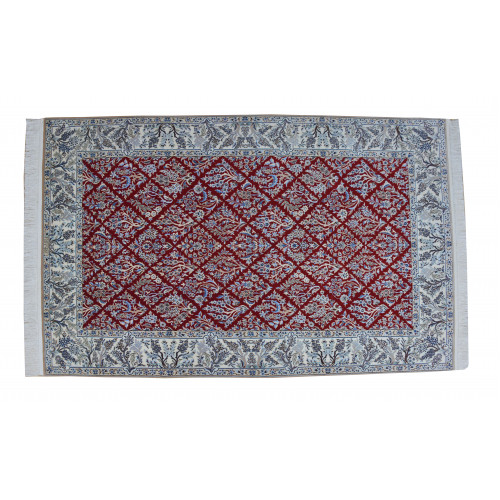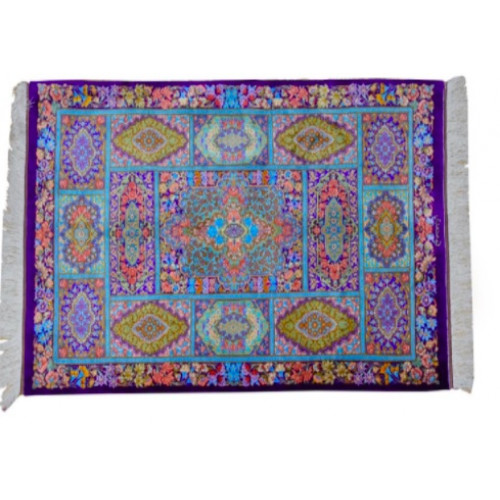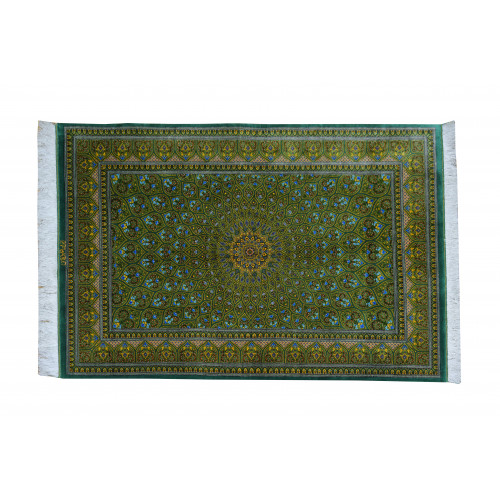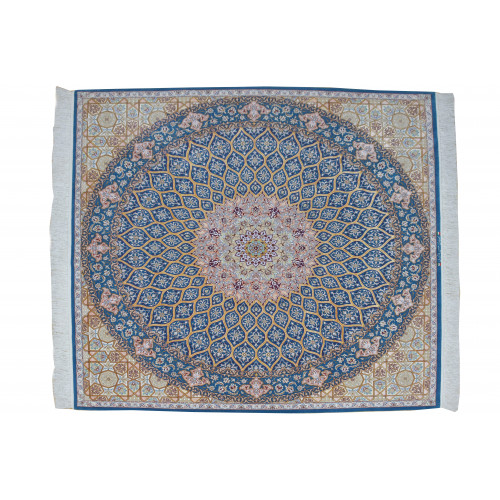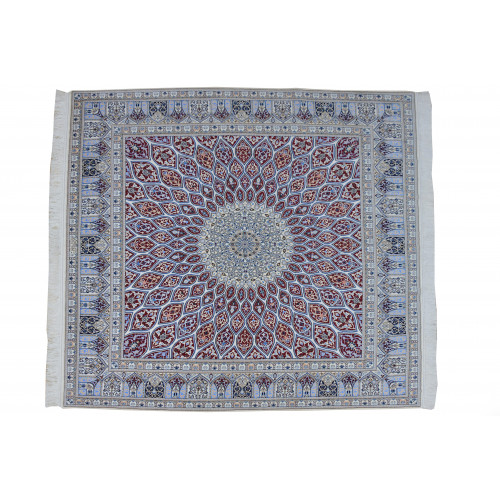Persian Rug

The Persian carpet also known as Persian rug is an essential part of Persian art and culture. Carpet-weaving is one of the most distinguished manifestations of Persian culture and art, and dates back to ancient Persia. Iran is also the world's largest producer and exporter of handmade carpets, producing three quarters of the world's total output. The weaving of pile rugs is a difficult and tedious process which, depending on the quality and size of the rug, may take anywhere from a few months to several years to complete.
A genuine Persian rug, depending on its age, size, and quality of craftsmanship, can fetch from few hundreds to thousands or even millions of dollars. There are many different types of Persian rugs available on the market. Some are genuine and of good quality, some are machine made to resemble a traditional Persian rug, and some are collectible as antiques, worth exorbitant amounts of money.
- Material: Persian rugs are most commonly made from wool, although cotton rugs are often seen. There are a variety of different wools that Persian rugs are commonly made from, including camel hair wool, Manchester wool, and Kork wool. Some other rugs are made from silk, although these are very expensive and are less durable than wool rugs. Silk Persian rugs are quite rare and are often displayed as wall hangings instead of used as floor rugs due to their value.
- Size: Not surprisingly, the larger the rug, generally, the more expensive the price will be. When looking to purchase a Persian rug, it is important to have exact measurements of what size rug is needed. The most popular oriental Persian Rug sizes (cm) are: 60 * 90 , 80 * 120 , 100 * 150 , 150 * 240 , 200 * 300 , 300 * 300.
- Knot Density: how many knots per square inch are present in the rug, is a major contributing factor to the quality and price of the rug. On average, Persian rugs range from 30 to 300 knots per square inch.

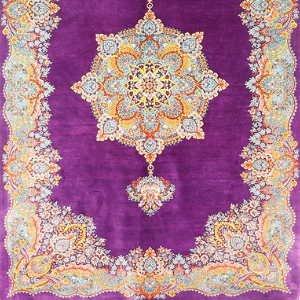
-300x300.png)
-300x300.png)

-300x300.png)
